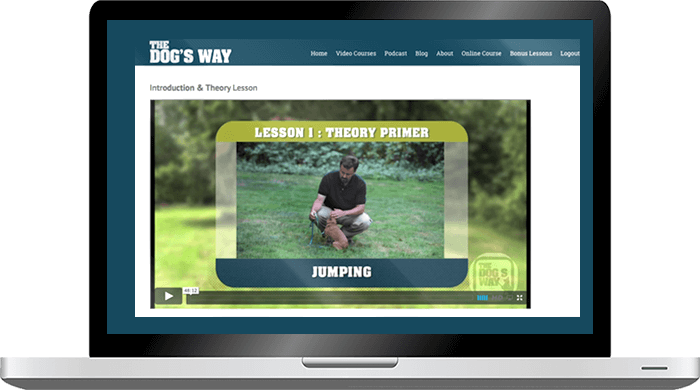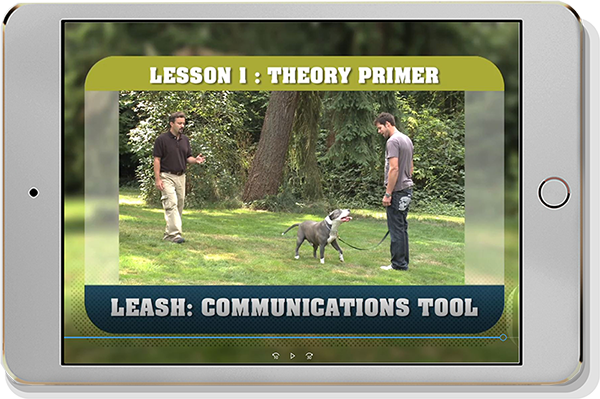
The Dog’s Way Video Training Course
with Professional Dog Trainer
Sean McDaniel
I’ve distilled my 20 years of experience training people and dogs into this step-by-step program that you can follow along with at home.
Learn how to
Watch what our students are saying about their results
Testimonials
“Thanks, Sean! So, so much information in just the first few lessons! Rufus was a crazy leash puller. We didn’t even like to walk him anymore. It took 3 walks over two days and he was walking on a loose leash about 90 percent of the time! The best and easiest walks we’ve had in years – thank you!”
“Bruce is a good boy but in all the classes we did he never really was able to hold a sit with anything going on around him. Well, you know your pizza guy scenario. We actually did that last night. He held a sit while we opened the door and got the pizza from the delivery person and then calmly released him from the sit after we closed the door. My wife was like, “What?!” We’re continuing through the course, but the results so far are nuts! Thanks for so much great info!”
“We were so dejected at our last dog training class. The trainer just said that Trina probably wasn’t going to learn because she wasn’t interested in food rewards. We’re honestly thinking of taking her to the pet store where we had that class to show off her 10-minute down – I know, it’s probably petty, but it would be so cool to show off in front of that trainer!!! 😊”
“We’re so impressed with how much information you’ve packed into each lesson. We were commenting that we feel like we’ve been through a course for professional dog trainers. The results with Maggie, though, have been nothing short of miraculous. Easy walks, no barking, no jumping, meeting people calmly. As you’ve said, we simply enjoy being out with our dog now. Sincere gratitude for literally changing our lives with our dog.”
“Hi Sean, we wanted to thank you for de-stressing our lives with our dog. Your course is so good! The step-by-step approach was so easy to follow. … The detail and specificity of the “leave it” lesson was one missing piece that changed everything for us. We’re using the temporary boundary command inside a lot as well. We didn’t even know dogs could learn stuff like that. Thanks again!”
“This was the best video course I’ve ever purchased. I thought it was going to be like a bunch of YouTube videos strung together. But it’s more like an educational TV show. I’d hate to know how much it cost to produce this (I used to work in TV). Anyways, a happy customer and student here with great results with Freddy. Super impressed with your production quality, educational skills, and ultimately the results. So easy to take Freddy anywhere now. Thanks!”
“I’ve spent literally thousands of dollars on dog training, classes, equipment, and books – all I have to say is that you should be charging more for your video course!! (But I’m glad you didn’t raise the price before I could buy it LOL) Thanks so much for helping me understand how to get across some basic rules to Hank. He was really trying to be a good boy but just never got it?? Now he gets it because I know what I’m doing! Thanks again, Sean. So grateful!!”
“Crazy good content! Thanks for putting such a comprehensive course together. We had no idea how many mistakes we were making. Our walks are so relaxing now and we’re taking our doggo everywhere with us now that we know what we’re doing. BTW – the permanent boundary to stay in the car until we call him out … probably literally a lifesaver! Thanks so much!”
The Dog’s Way Online Video Training Course
Take the first steps to having a reliable, stress-free relationship with your dog!
Please note: If you are attempting to rehabilitate a dog with aggression issues, please don’t use this video course or any video course, TV show or book to self-train your dog. Please work with a professional trainer to assess and work with your dog in person.
SNEAK PEEK INSIDE!
Check out short clips from some early lessons to see what you get inside The Dog’s Way Video Training Course
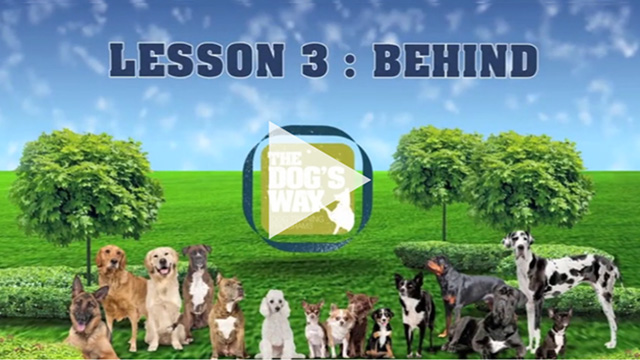
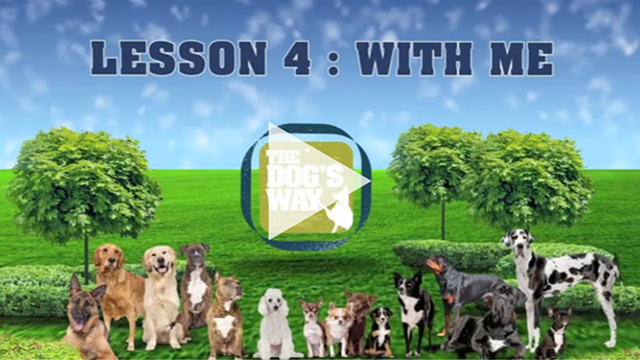

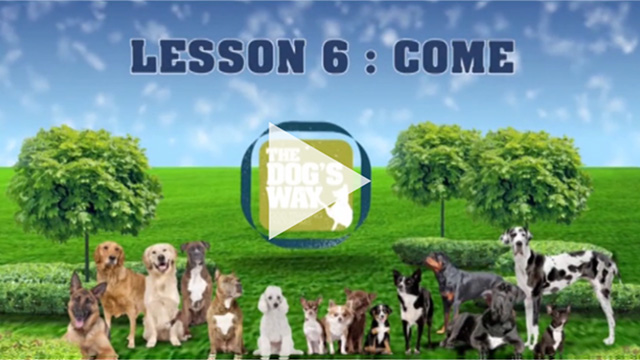
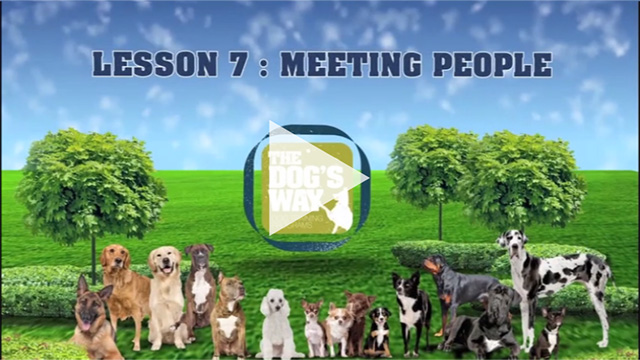
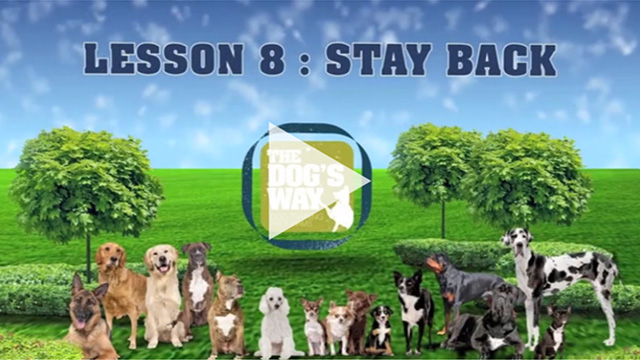
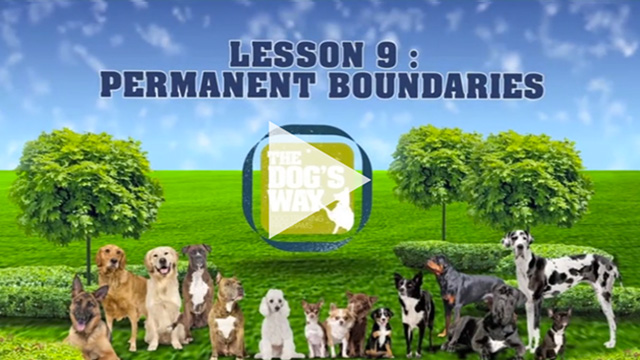
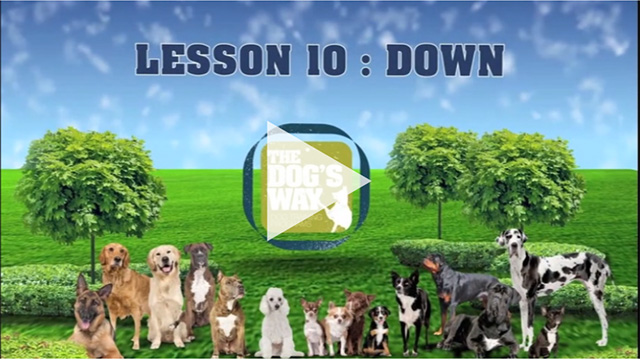
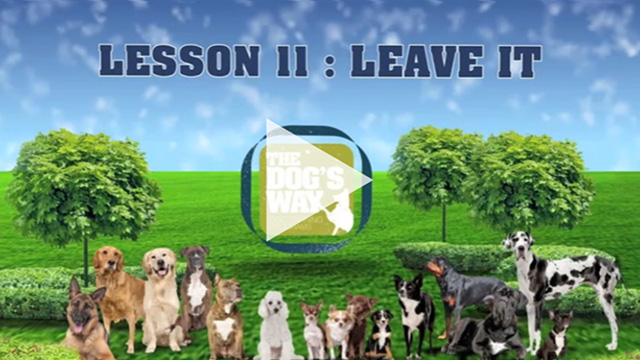
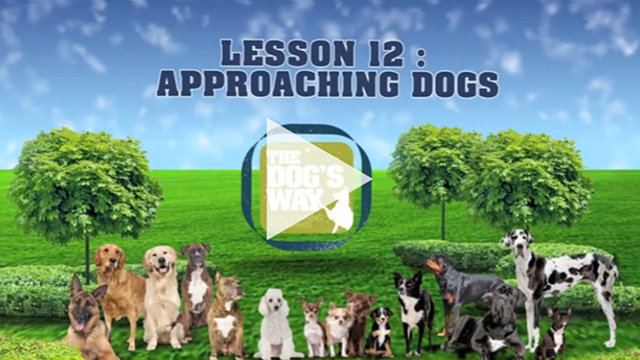

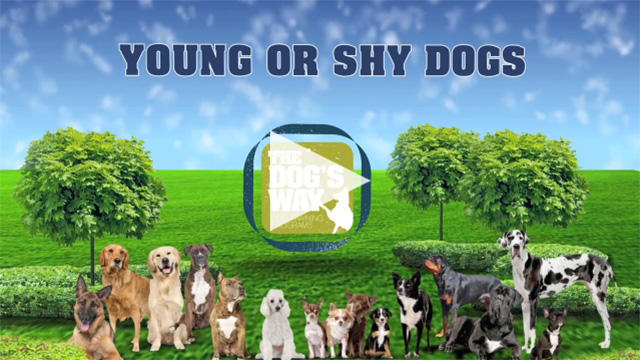
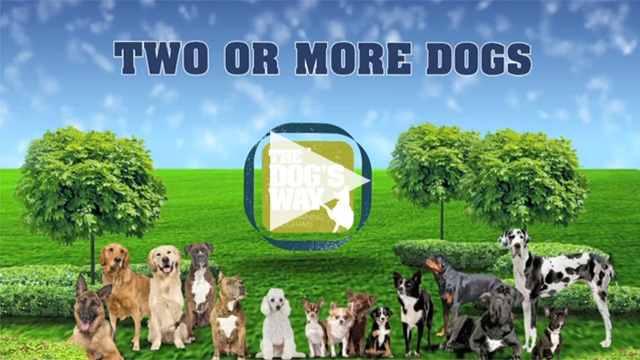
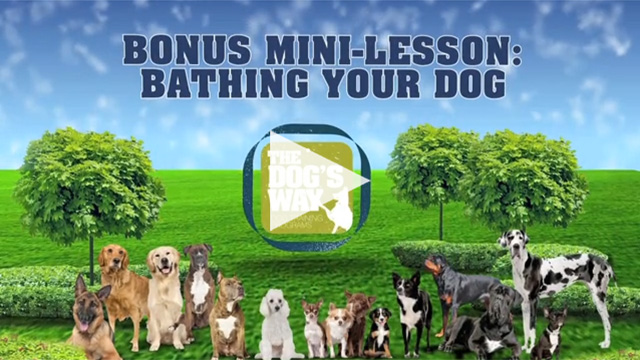
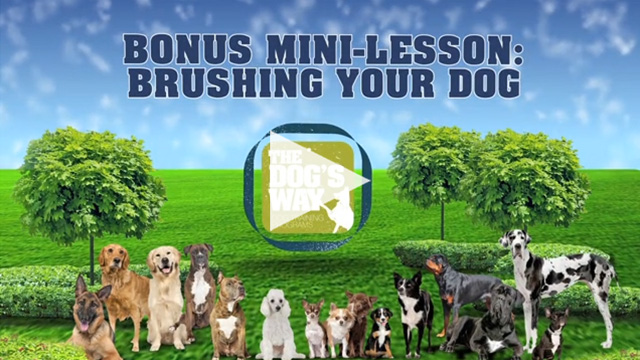
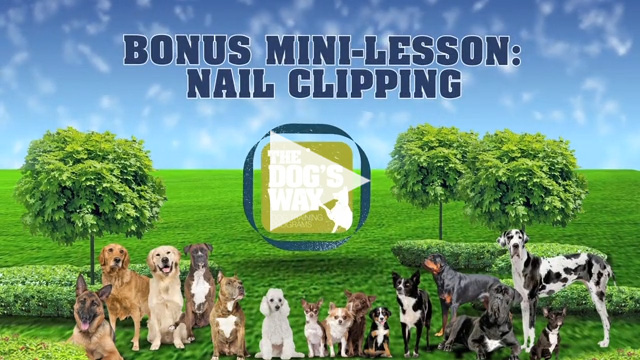
Frequently asked questions about the course and the style of training
It’s important for me that the course is a fit for you. Here are some questions that folks have emailed me that represent the bulk of questions that I get (and my responses to them). If your question isn’t answered here, feel free to email me.



